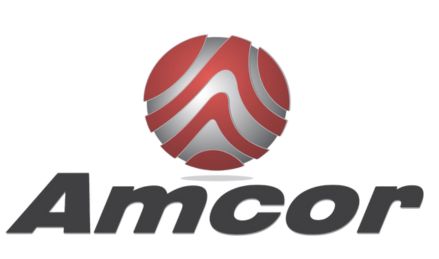Tag: Amcor
-
Additives for UV Stabilization
Posted on
by
Nearly every plastic is prone to degradation when exposed to UV light, such as from sunlight or fluorescent lighting. This degradation can occur during processing or once the product is in service, and the symptoms include brittleness, discoloration, and loss of physical […]
-
How Flame Retardants Work in Plastics
Posted on
by
Flame retardants are chemical compounds added to plastics in order to prevent, delay, or slow down combustion, reduce smoke formation, and/or prevent the material from melt collapse (anti dripping). These additives are common in numerous everyday products to avoid the ignition and […]
-
Blown Film Extrusion Process Explained
Posted on
by
Blown films extrusion is one of many polymer manufacturing processes. This method is used to produce commodity and specialized polymer films that are typically used in packaging such as shrink, stretch, barrier films (used to protect deli meat), frozen food packaging, and […]
-
Top 5 Benefits of Polymer Additives
Posted on
by
Polymer additives are chemicals added to the base polymer to improve processability, reduce raw material costs, prolong the life span, and/or achieve the desired physical or chemical properties in the final product. There are many additive options available and each one offers […]
